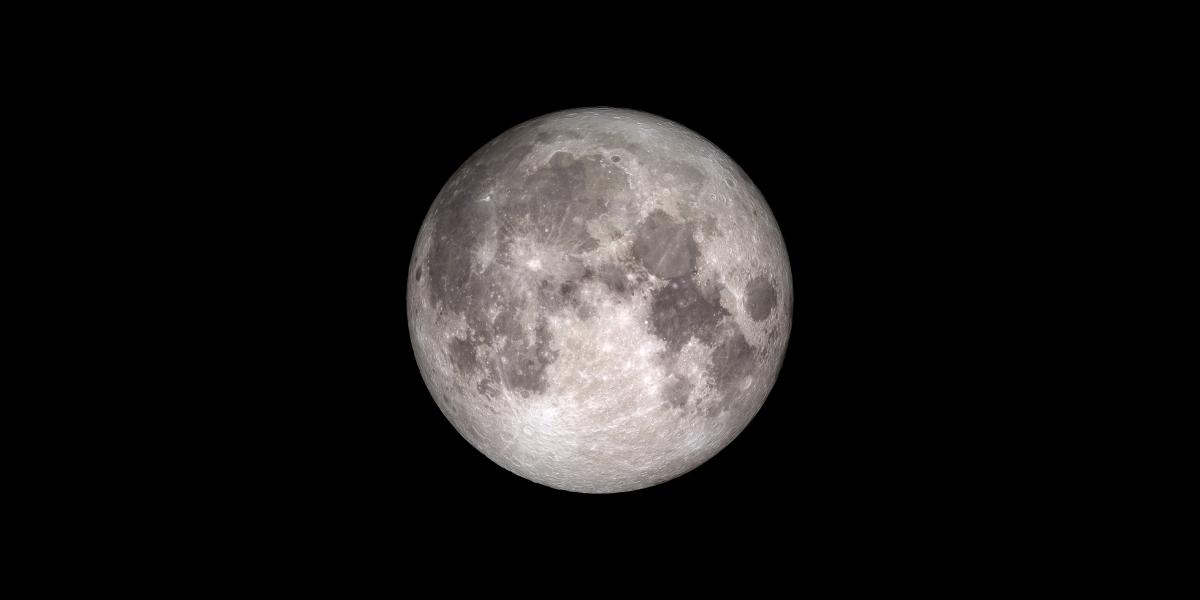Submitted by Alusiv on
The moon is a familiar sight in our sky, brightening dark nights and reminding us of space exploration, past and present. But the upcoming supermoon — on Monday, Nov. 14 — will be especially “super” because it’s the closest full moon to Earth since 1948. We won’t see another supermoon like this until 2034.
The moon’s orbit around Earth is slightly elliptical so sometimes it is closer and sometimes it’s farther away. When the moon is full as it makes its closest pass to Earth it is known as a supermoon. At perigee — the point at which the moon is closest to Earth — the moon can be as much as 14 percent closer to Earth than at apogee, when the moon is farthest from our planet. The full moon appears that much larger in diameter and because it is larger shines 30 percent more moonlight onto the Earth.
Check it out from NASA




